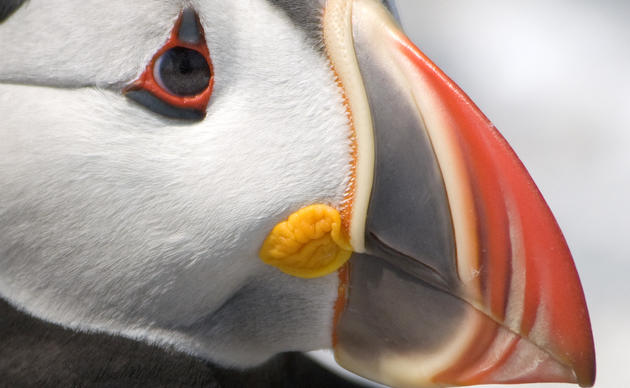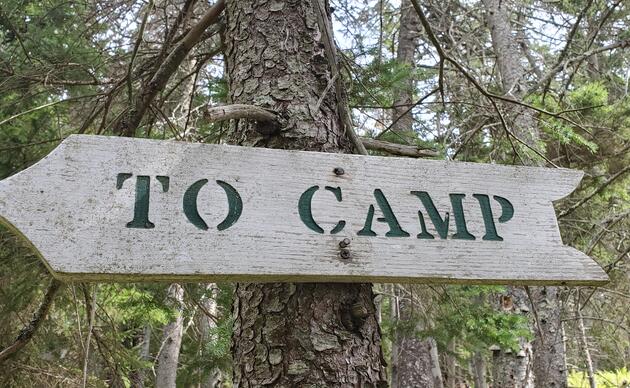The Roseate Tern (Sterna dougallii) is listed by the U.S. Fish and Wildlife Service as endangered because of its small population in the northeastern United States. More than half of the Roseate Terns in Maine nest on Eastern Egg Rock, making it a very important refuge (and an Important Bird Area) critical for their survival. Some very good news is that in most years, Roseate Tern pairs nesting here are able to raise at least one chick to fledging (age when they leave the nest).
Roseate, Common and Arctic Terns each have a different nesting habitat which reduces competition for nesting space. Roseate Terns are most likely to lay their eggs under a boulder or driftwood or in thick vegetation. In contrast, Arctic Terns usually nest on bare rock, while Common Terns typically nest near bare rock and vegetation. Roseate Terns have longer legs than the other species which makes it easier for them to walk through vegetation and under rocks and driftwood.




